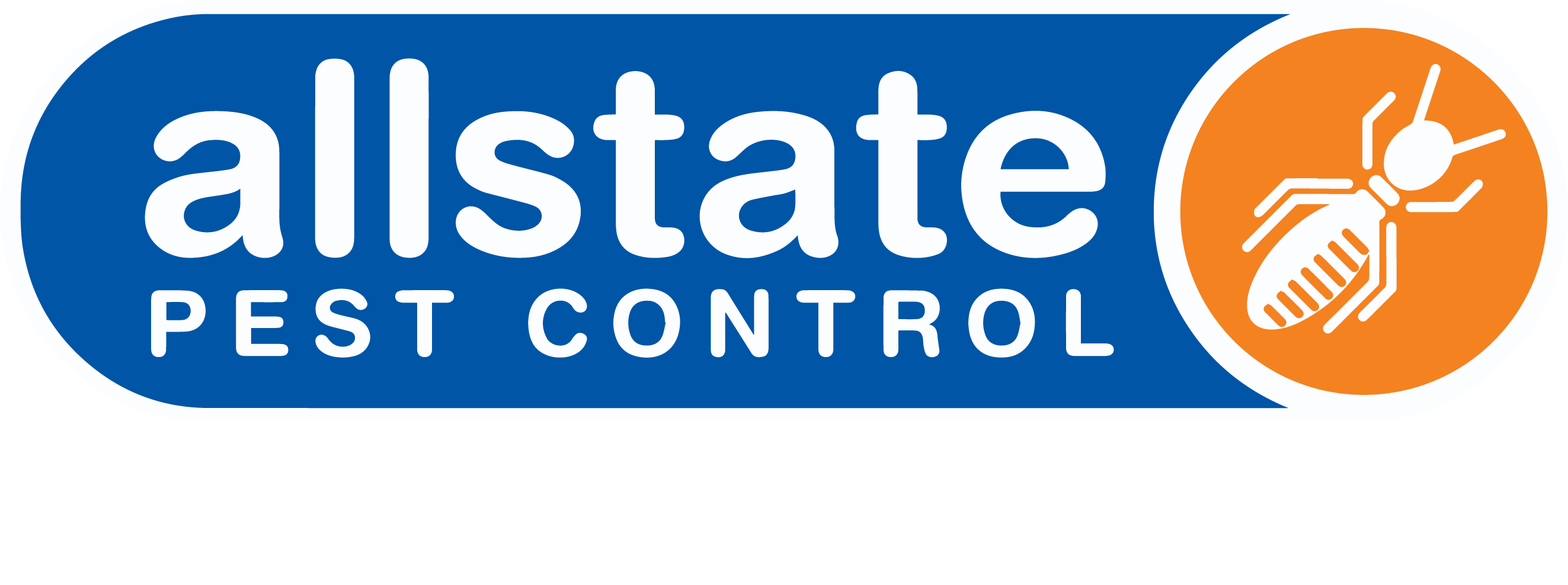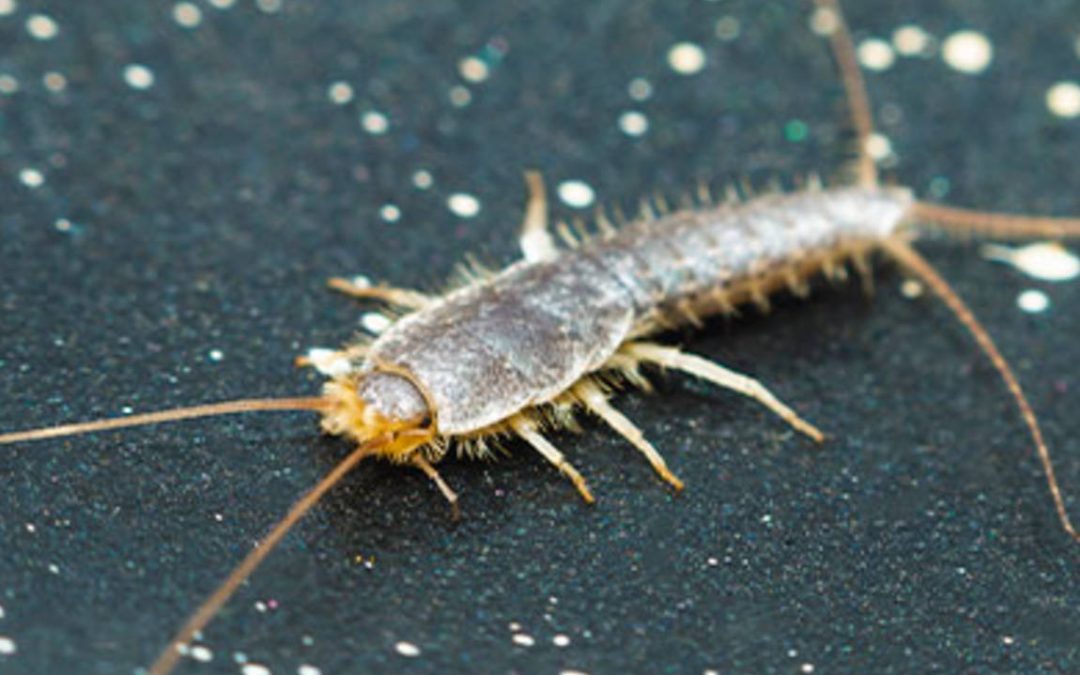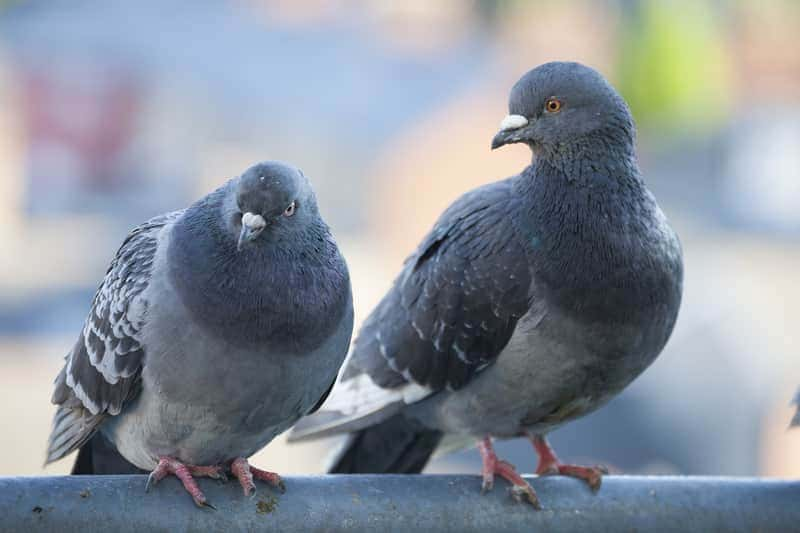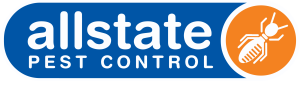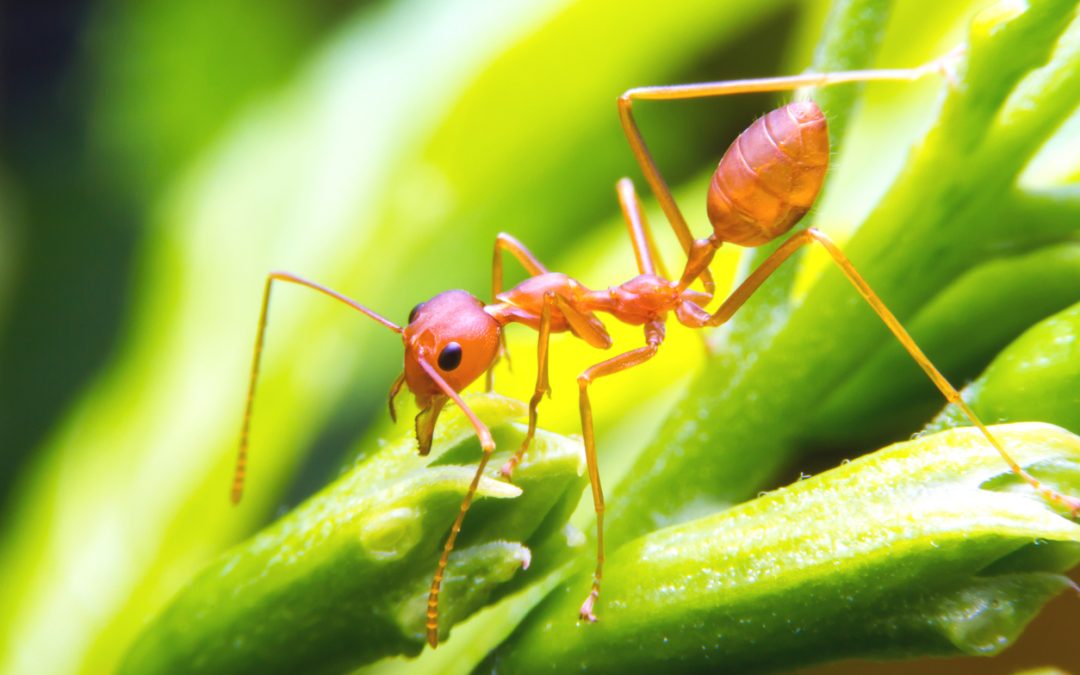
How to Prevent Anthills in Your Garden
With the remarkable ability to sniff out food up to 6 metres away, hungry ants won’t hesitate to set up a new anthill once they find a great place to feed.
Avoid having ants marching their way to your home and garden by following our top tips to prevent anthills all year round.
What questions will this article answer?
Why ants are attracted to your garden
Ants are experts at foraging for food sources in your home and yard. They will build an anthill nearby to help sustain the colony.
Ant species you’ll find in your garden
Black house ants, bull ants, Argentine ants, carpenter ants, Pharoah’s ants, ghost ants, fire ants and odorous house ants.
Signs you have an ant outbreak
Look for ant trails, anthills and wood shavings left behind by carpenter ants.
Reasons to avoid an ant infestation
Ants give painful and sometimes venomous stings, they contaminate surfaces and spread diseases, and some can even damage your home and garden.
How to prevent anthills in your garden
Perform lawn maintenance, remove food sources, keep surfaces clean, practice proper waste management, conduct regular garden and home maintenance and seal off entry points.
Professional ant control
We use a combination of chemical baits, ant control dust and insecticide sprays.
Choose Allstate for effective ant management
We’re available 24/7 to assist with fast, targeted ant infestation solutions in all suburbs of Adelaide.
Why ants are attracted to your garden
While they are still around in winter, ants are more commonly seen out and about foraging for food in the heat of an Aussie summer.
With a colony of sometimes millions to feed, ants will travel great distances to scavenge for food. They may venture 700 feet from their nest and have the ability to detect food up to 6 metres away.
This means that ants living in your area can potentially sniff out their next feed in your home and yard. With wide and varied diets depending on the species, ants will come over and help themselves to whatever sparks their appetite, and also invite the rest of the colony around to set up a new ant nest!
Ant species you’ll find in your garden
Out of over 4000 species of ants existing in Australia, there are around a handful of mainly introduced species which are considered as common pests. These include:
Black house ants
Arguably the most recognised species, black ants grow 2.5-3mm long and have a shiny black appearance, as their name suggests.
Bull ants
Packed with venom, painful bull ant bites are best avoided. Red and black in colour and growing up to 40mm in size, bull ants can become aggressive when their nests are disturbed.
Argentine ants
Considered an invasive species, Argentine ants are 2.2-2.6mm long, and light to dark brown coloured. With an aggressive nature, these ecological pests are territorial and drive away other native ants.
Carpenter ants
Built with strong jaws and having an affinity for wood, carpenter ants are notorious for tunnelling through timber, leaving behind wood shavings and causing structural damage to trees and buildings alike. They grow 3-12mm long, and can be black, dark brown or orange coloured.
Pharoah’s Ants
Drawn to warm and humid areas, Pharoah’s ants are brown and yellow coloured, grow up to 2mm long, and males have wings. They are commonly found in hospitals.
Ghost ants
Known for their pale brown, translucent legs and abdomen, ghost ants are a pint-sized nuisance at 1.3-1.5mm long. You’ll find them in areas of high moisture content.
Fire ants
With their fiery bright red copper heads, feisty fire ants are aggressive when provoked, and fierce defenders of their distinctive nests, which can be up to 40cm high. It’s important t oavoid getting painful stings from fire ants at all costs, as they can result in swollen welts and trigger allergic reactions. Worker fire ants grow up to 3-6mm long.
Odorous house ants
Emitting a pleasant coconut scent when crushed, odorous house ants are brown or black coloured, and grow up to 3.18mm long. They are often spotted in moisture-rich places, such as leaking pipes.
Stop marching ants in their tracks. Speak to an expert today.
 or
or
Signs you have an ant outbreak
It’s not hard to tell if these tiny terrors are trying to invade your property. Here are some clues to look for in a potential ant infestation:
- You notice more ants, usually moving along well-defined trails
- You spot anthills in your yard (dirt mounds with a central opening to their underground nests)
- If you have carpenter ants you might notice piles of fine wood shavings on the floor
Reasons to avoid an ant infestation
Here are some problems that you may experience when ants invade your home
Contamination of surfaces and food
Experts at foraging, ants travel far and wide to scavenge for food to feed the colony. Their movements will take them from rubbish bins and toilets to your kitchen and pantry. Along the way, they can pick up germs, including bacteria and viruses, contaminating many areas of your home.
Don’t forget to inspect potted plants, mulch, hay and manure for signs of fire ants.
Spread of diseases
If your family or pets come into contact with surfaces or food items that have been contaminated by germ-carrying ants, it can lead to illnesses such as gastroenteritis.
Ant bites
Some species of ants, such as bull ants and fire ants, have more potent, venomous bites, which can trigger allergic reactions. However, for most other species, ant bites only produce mild discomfort.
Damage to buildings
Carpenter ants chew through wood and timber, and cause expensive structural problems to your home.
Damage to plants in your garden
Fire ants will help themselves to fruit, vegetables and seedlings in your yard.
Avoid the sting of an ant outbreak. Get advice today.
 or
or
How to prevent anthills in your garden
Once you have a few ants around your home, it doesn’t take long for more to join them. Here are some ways that you can keep anthills out of your yard for good:
Lawn maintenance
Keeping your lawn healthy and thick makes it more difficult for ants to dig through and create an underground nest. You can also rake over any anthills that you happen to spot.
Regular garden maintenance
Rotten fruit and vegetables can attract a range of pests, including ants, so dispose these promptly. Remove piles of vegetation, which make good hiding spots for anthills, and clear away trees and foliage which come into contact with your home, as they provide an easy access point.
Remove food sources
From nectar and small insects to plants, sweet and greasy foods, bread, and meat, most ants will eat almost anything. With a remarkable ability to sniff out food from many metres away, it’s best to keep food carefully covered and stored away to avoid ants helping themselves to it first. Don’t forget to empty pet food bowls as well.
Keep surfaces clean
Food spills and crumbs can also attract ants. We recommend maintaining good hygiene in dining and food preparation areas by regularly sweeping, wiping, mopping, vacuuming and disinfecting.
Practice proper waste management
Rubbish bins are a favourite for ants, so ensure that all waste is tightly sealed in sturdy bags, and bins have tight fitting lids. Keep compost piles well covered.
Home maintenance
Leaking pipes and drains provide a source of moisture, which attracts ants, so repair these quickly.
Seal off entry points to your home
Inspect your home regularly for potential access points and fill them. This includes tiny holes, gaps, cracks and crevices. Check that the window and door seals are well fitted.
Professional ant control
We use the following ant treatment methods:
Chemical baits
Laced with an insecticide that is toxic to ants, chemical baits are strategically placed at popular feeding sites to attract ants, which then carry the lethal compounds back to the rest of the colony.
Ant control dust
Consisting of diatomaceous earth, which is ground down to a fine, powdered form, ant control dust is sprinkled along the perimeters of your home, as well as hard to reach areas that carry heavy ant traffic, and around anthills.
Insecticide spray
A fast acting approach to quickly reduce the number of active ants, insecticide sprays are useful for heavy infestations. We recommend keeping your pets away from treated areas.
Choose Allstate for effective ant management
Ants are active all year around, so outbreaks can happen at any time, and the last thing you need is for a couple of ants to escalate into a whole army. That’s why Allstate is always here to help.
Since 1986, we’ve successfully managed ant outbreaks in commercial, residential and industrial settings, using innovative treatments and the latest in pest control technology.
Available 24/7 for urgent advice, our pest control services have safeguarded clients in all suburbs of Adelaide.
No matter where you are, you can count on Allstate to assist with fast, targeted ant infestation solutions at any time.
